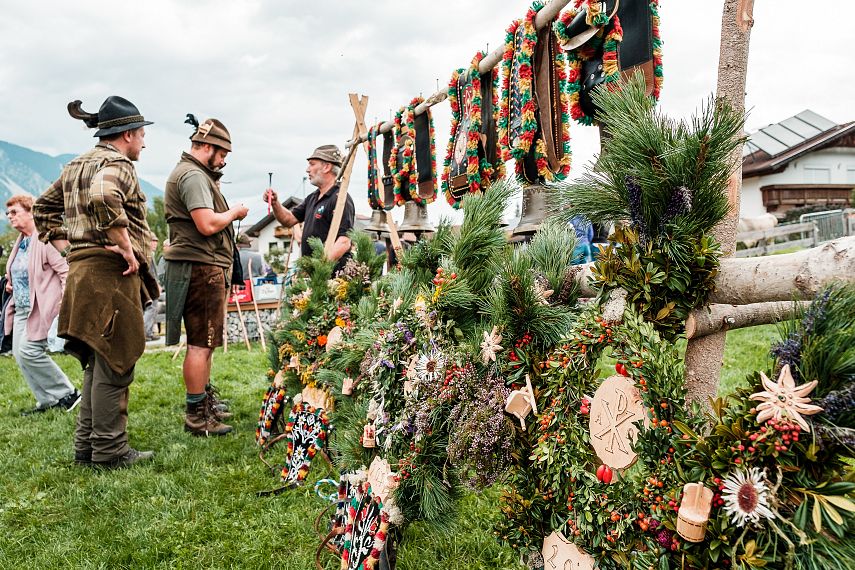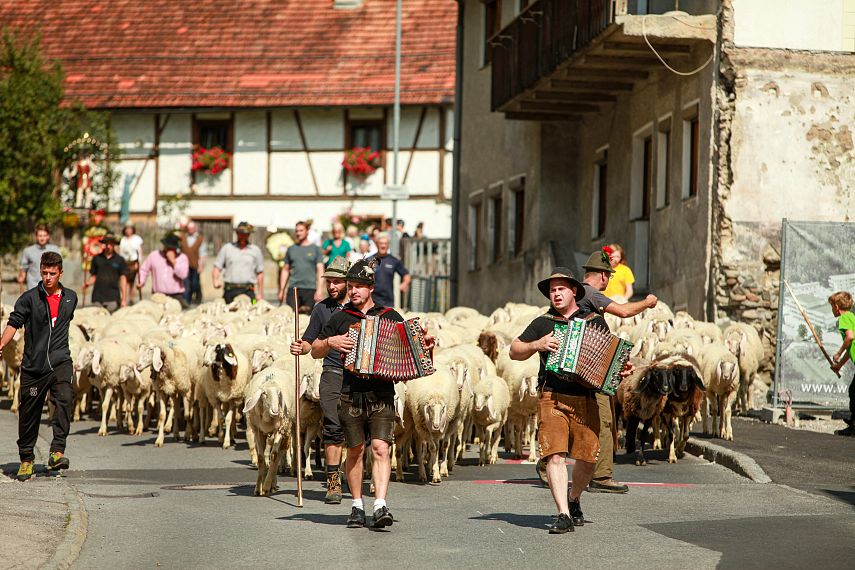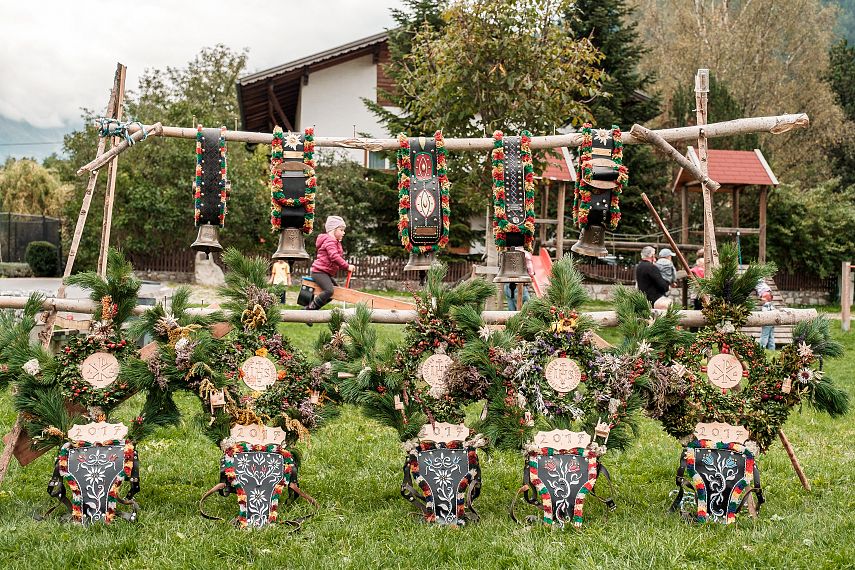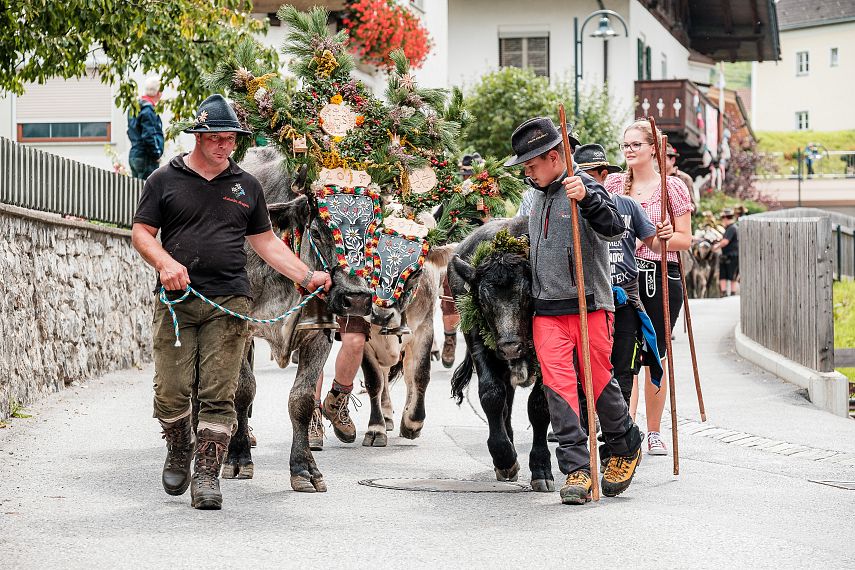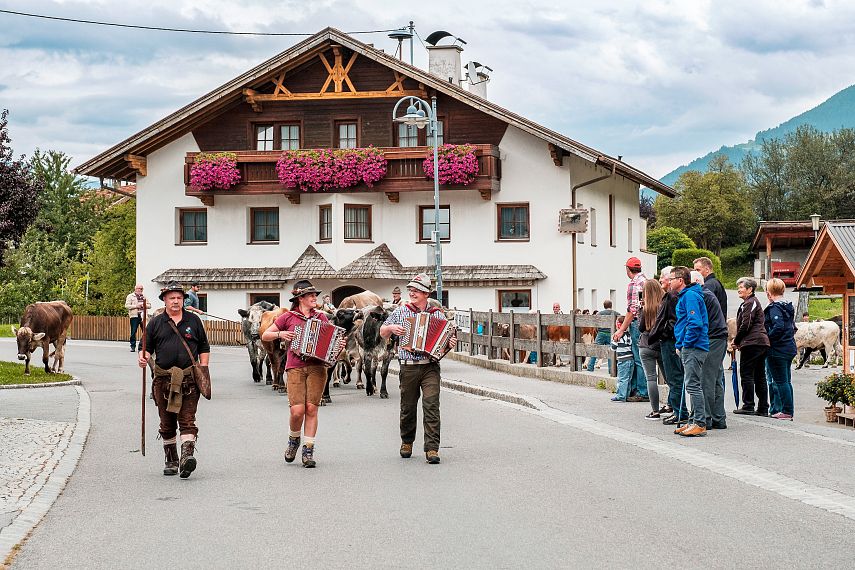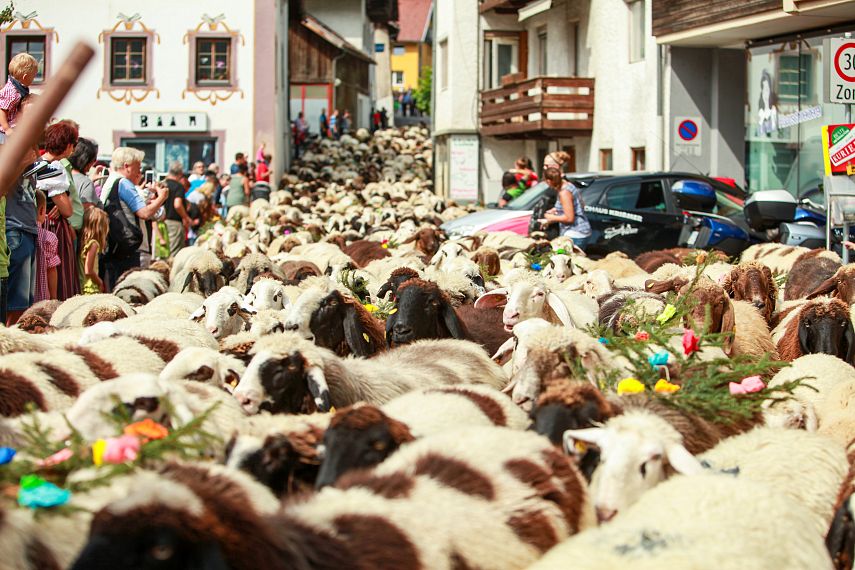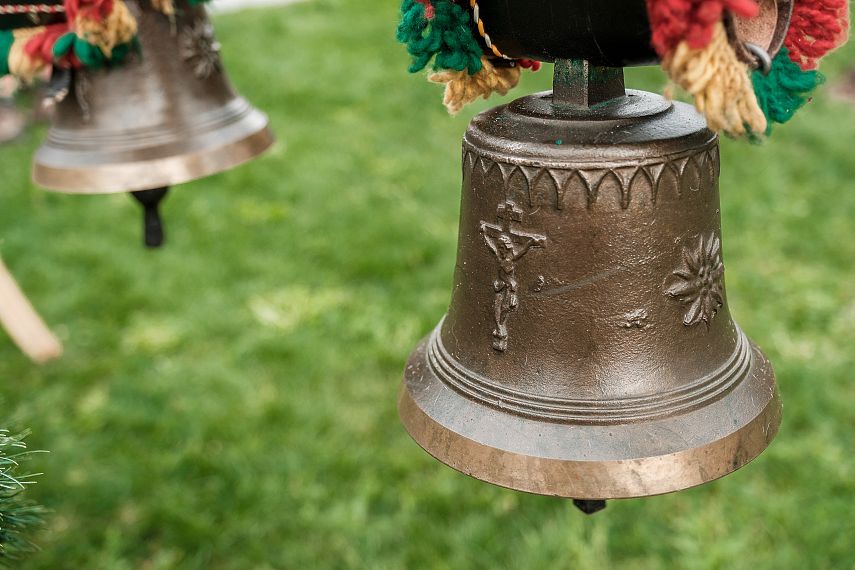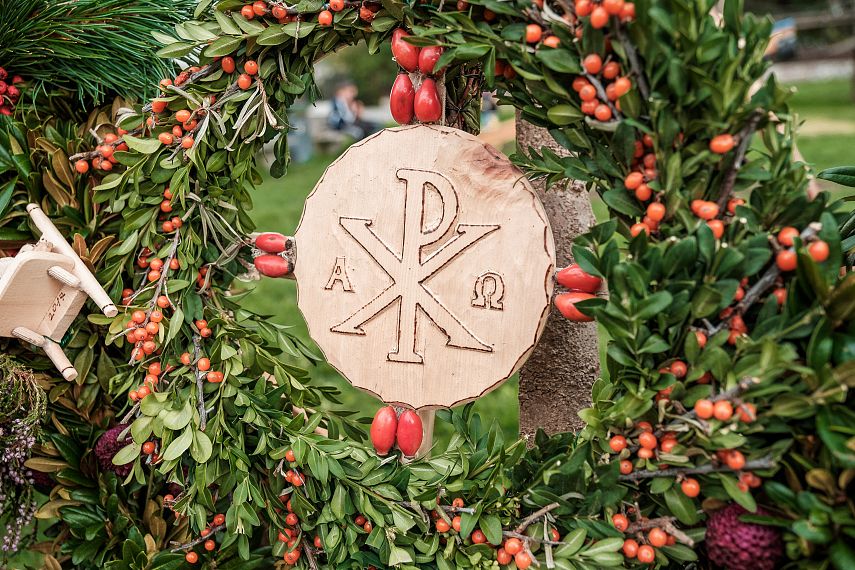The marmot greets you every day
Living & working on the Alpine Hut
While the pupils are still at school and waiting for the summer holidays to start, more than 11,000 cows, 70,000 sheep, 5,500 goats and 2,000 horses are travelling to the Tyrolean Alps to take up their quarters for the alpine summer. Animals and shepherds have to cover kilometres over narrow ridges with steep slopes on the way to their alpine pasture. The joy and relief are all the greater when the herd arrives safely at its destination: fresh mountain herbs, the clear mountain air and the refreshing change of scenery are visibly good for the cattle and for the farmers, the alpine pasture is simply part of their lives. Many of them have been herding cows since they were young boys and have grown into managing the mountain pastures. In this way, the farmers make a valuable contribution to the preservation of the cultural landscape every summer and play a decisive role in shaping the landscape of the Alps.
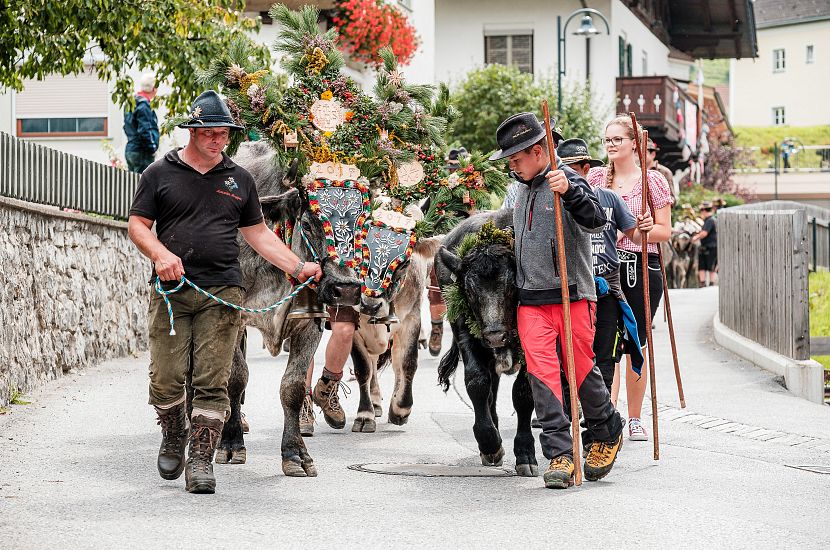
In June and July, the herds are moved up to the mountain pastures, where they graze throughout the summer. Before winter sets in, they all return to the valley in autumn, where they are greeted by locals, newcomers and tourists. The closer they come, the louder the bells ring and the better you can recognise the herd with their shepherds. Magnificent floral decorations in every imaginable colour adorn the heads of the cows and the hats of the herdsmen. A hopefully accident-free alpine summer comes to a colourful and festive end. People and animals say goodbye to an intense time with a tear in their eye and a smile on their face.
Digital time out without a mobile phone
Many things, especially on the small and remote mountain pastures, are still like in the past: Wi-Fi? Not a chance. Mobile phone reception? A matter of luck. But the good news is that nobody needs it here either. Despite the hard work and the capricious nature, life on the mountain pasture has a unique fascination. Most alpine farmers find it difficult to describe, but the more beautiful an alpine summer, the more elaborate and splendid the floral decorations at the cattle drive.
A maääähr of sheep: you can experience the largest cattle drive in the Imst outdoor region at the Schafschied in Tarrenz or the Schafschoad in Nassereith. Around 1,000 sheep and lambs return home from their summer holiday on the Hinterberg Alm in September. Welcome home - here are the dates!
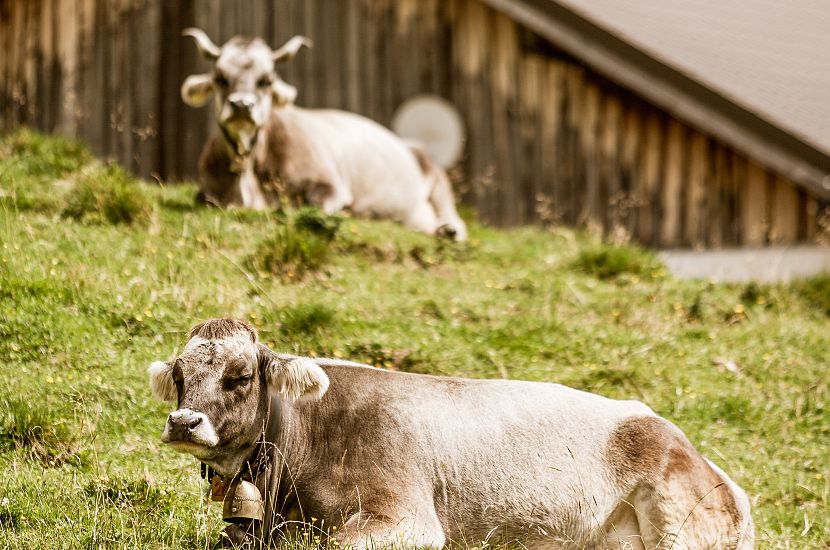
Managing an alpine farmstead is a multifaceted full-time job, in rhythm with nature and the seasons. The alpine farmer is often a shepherd, dairyman, vet and craftsman all rolled into one. Often also a host who knows his region like no other. No weather forecast is as accurate and reliable as the wealth of experience of these people. If you receive a weather warning from them, you should definitely take it seriously. However, a stop-off is not only worthwhile because of the valuable information, but often also because of the delicacies they produce themselves. Milk and cheese specialities, as fresh and natural as you will probably find anywhere else.
Correct behaviour on the mountain pasture: Meadows are the salad bowls of our cows. So please remember to pack up any rubbish and treat the habitat with respect. Dogs should be kept on a lead in the mountains and you should not pet alpine animals. Thank you for your help!


